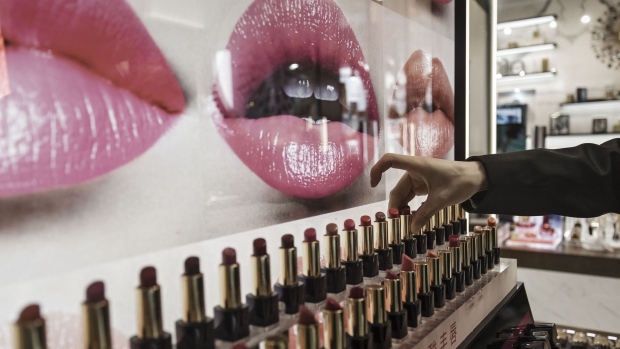Aug 20, 2020
Estee Lauder to trim 3% of global workforce to curb costs
, Bloomberg News

Estee Lauder Cos. is cutting jobs and closing stores as part of a multiyear restructuring plan after the coronavirus pandemic threw the cosmetics industry into disarray.
The beauty giant plans to reduce its workforce by 1,500 to 2,000 jobs worldwide, or about 3 per cent of total staff, and boost its digital operations after pandemic lockdowns hit demand for makeup. Most of the cuts will be store employees and support workers, the company said Thursday.
As part of the two-year initiative, management will close 10 per cent to 15 per cent of Estee Lauder’s free-standing stores and eliminate some department-store beauty counters as consumers shift to more online purchases. Estee Lauder said it expects to take restructuring and other pretax charges of between US$400 million and US$500 million.
“We are better aligning our brick-and-mortar footprint to improve productivity and invest for growth,” Chief Executive Officer Fabrizio Freda said in a statement. He said the company enters its new fiscal year with “cautious optimism.”
The shares fell by as much as 8.6 per cent Thursday in New York.
The company has been preserving cash to manage the business during the pandemic. Measures including employee furloughs, temporary salary reductions and cuts to capital investments have led to nearly US$1.1 billion in savings, the company said.
Estee Lauder’s caution reflects the severity of the beauty industry’s uphill climb as it recovers from pandemic-related sales declines. Overall, cosmetics sellers have fared better than other non-essential retailers, such apparel and fashion accessories, because consumers have retained interest in skin-care products like eye creams and moisturizers, even if they’re not buying clothing.
What Bloomberg Intelligence Says:
Estee Lauder’s speed and agility in formulating a post-Covid business-acceleration program is admirable, in our view, and we believe that could speed a return to 6-8 per cent sales growth and expand its 50-bp annual operating-margin expansion plan, though the costs of realignment may be difficult to digest short term.
-- Deborah Aitken, BI luxury-goods analyst
In the fourth quarter that ended June 30, net sales fell 32 per cent to US$2.43 billion. The few bright spots, including a bounceback in the Asia-Pacific region as well as double-digit sales growth in the skincare business, wasn’t enough to offset big declines in makeup and fragrance.
The company’s forecast for adjusted first-quarter earnings of 80 cents to 85 cents a share fell well short of analysts’ estimate of US$1.22 a share. Estee Lauder said net sales in the current period will fall by 12 per cent to 13 per cent.
--With assistance from Karen Lin.





